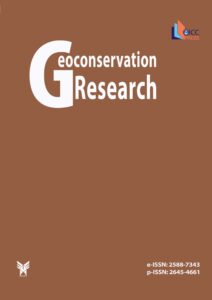Burmese Amber Fossils, Mining, Sales and Profits
Authors
Abstract
The present work investigates the mining and sale of fossiliferous Burmese amber to determine if the profits are being used by the Myanmar military to commit atrocities against minority groups or ethnic armies within the country, as recently implied. Our conclusion, based on the information available to us, is that the great majority of Burmese amber fossils up to 2016 were taken across the border and sold in China. At this time, the amber mines were under the control of the Kachin Independent Army (KIA) or unregulated. After heavy fighting between the KIA and the Myanmar military from June 2017 to June – July 2018, the amber mines in the Hukawng Valley were occupied by the Myanmar government and presently, most of these mines are closed or are operated illegally or worked only intermittingly on a small scale. We have not been able to substantiate claims that millions of dollars from the sale of Burmese amber fossils were used by the Myanmar government to dominate minority groups within the country. At least up to 2017, there were no, or only insignificant funds, received by the Myanmar government from the mining and sale of Burmese amber. Thus we see no reason to halt the purchase of Burmese amber fossils or for editors and publishers to reject scientific papers describing these rare inclusions, which otherwise would be used for carvings or jewelry and become lost to science.
Read the full text of the article



